Cramps are generally considered a women’s problem, but have you ever thought that men can also get cramps? This is a wonderful question that is rarely discussed. In this article, we will talk about the meaning, causes, signs, and treatments of cramps in men in Hindi so that you can recognize this problem and take steps towards proper treatment.
Table of Contents
What is Sperm Cramps?
If the words “Sperm Cramps” are translated into Hindi, it means “pain or swelling caused by a lack of semen.” This is a condition in which men have to face pain or swelling due to problems in the production of semen.
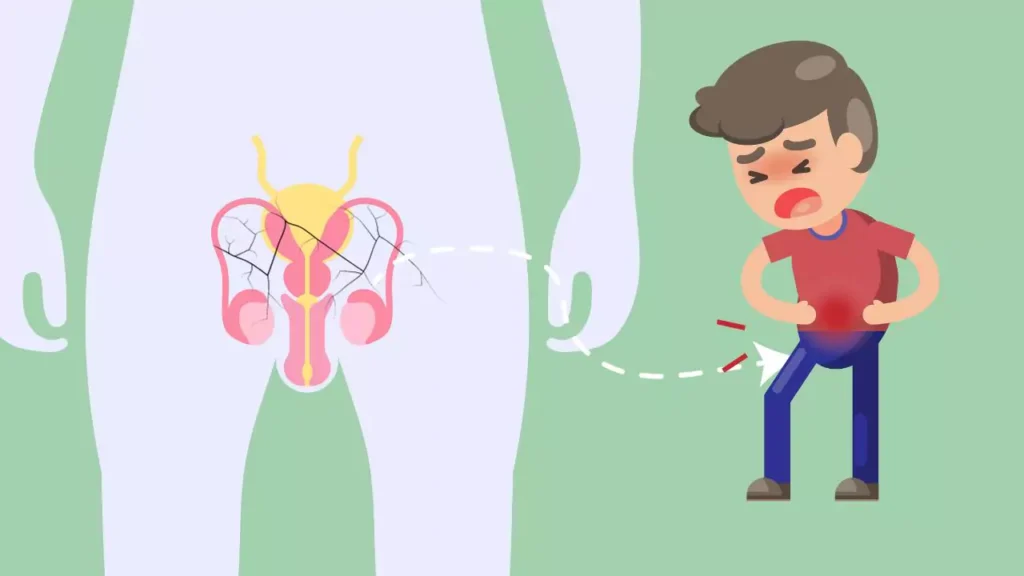
Causes of Sperm Cramp
Hormonal changes
Hormonal changes can be the main cause of sperm cramps. This can affect the normal process of semen formation and cause pain or swelling.
Diet and Nutrition
Lack of good diet and proper nutrition can also cause sperm cramps. Deficiency of vitamins and minerals can lead to the inability to produce semen which can lead to this condition.
Disease or infection
Many diseases or infections can also cause sperm cramps. It is very important to get treatment at the right time to prevent complications.
Sperm cramps is a disease that is important to know so that people can understand the information related to it and make the right decision for its treatment. The right diet, a healthy lifestyle, and regular checkups can increase the chances of resolving this problem.

How to Get Rid of Sperm Cramps?
Hydration and Fluid Intake for Cramp Prevention
One of the most important measures for minimizing sperm cramps is to maintain adequate hydration and fluid consumption. Because dehydration can contribute to cramping, consuming lots of water, juice, and other fluids throughout the day is critical. Staying hydrated keeps muscles loose and supple, lowering the chance of cramping.
Drinking water before and after sexual activity is especially crucial. The body goes through physiological changes during sexual stimulation and ejaculation that might contribute to dehydration. Individuals can reduce the incidence of sperm cramps and increase overall sexual health by keeping appropriate hydration intake.
In addition to water, fluids containing electrolytes, such as sports drinks or coconut water, are advantageous. These drinks assist in replenishing important minerals lost during sexual activity and can help minimize cramps even more.
Stretching and Exercise Techniques to Relieve Sperm Cramps
Stretching and exercise can help reduce sperm cramping and improve muscle relaxation. Regular stretching techniques can assist in increasing flexibility and alleviate muscle tension in the pelvic area. This is especially useful for people who have regular or prolonged sperm cramping.
The knee-to-chest stretch is an excellent stretching exercise for reducing sperm cramping. Lie on your back and slowly pull one knee to your chest, holding it with both hands. Hold the stretch for 20-30 seconds, then release and repeat with the other leg. This stretch relaxes the muscles in the lower belly and pelvic region, reducing cramps.
Kegel exercises are another effective method for treating sperm cramping. These exercises involve tightening and relaxing the pelvic floor muscles, which can assist in increasing blood flow and alleviating muscle stress. To conduct Kegel exercises, just contract the muscles used to block the flow of pee, hold for a few seconds, and then relax. Repeat this exercise several times throughout the day to strengthen the pelvic floor muscles and improve overall muscle tone.
In addition to stretching and Kegel exercises, frequent cardiovascular exercises such as walking, running, or swimming can assist in relieving muscular tension and increase general relaxation. These exercises enhance blood flow to the muscles, giving them oxygen and nutrients that assist in alleviating cramping and discomfort.
Applying Heat or Cold Therapy for Pain Relief
Heat or cold therapy applied to the afflicted area can provide effective pain relief for sperm cramps. Heat relaxes muscles and increases blood flow, whilst cold therapy lowers inflammation and numbs the area, relieving pain and discomfort.
To utilize heat therapy, place a heating pad or a warm towel on the lower abdomen or testicles for 10-15 minutes. The heat relaxes the muscles and promotes blood circulation, providing relief from cramping symptoms. Alternatively, taking a warm bath or shower can provide similar benefits.
Cold therapy can be given with an ice pack or a bag of frozen vegetables covered in a towel. Apply the cold pack to the afflicted region for 10-15 minutes. The cool temperature inhibits inflammation and numbs the area, offering rapid pain relief.
It is vital to highlight that heat or cold therapy should be used with caution, and users should always employ a barrier, such as a towel, between their skin and the heat or cold source to avoid burns or frostbite. If the pain persists or worsens after using heat or cold therapy, it is best to seek medical attention.
Dietary Adjustments to Minimize Sperm Cramps
Certain dietary changes can assist in reducing the frequency of sperm cramping. A nutritious diet is important for general health and can help to alleviate cramping sensations. Consider the following dietary recommendations:
- Increase water intake: Staying hydrated is essential for cramp prevention. Drink at least 8-10 glasses of water per day to stay hydrated.
- Consume foods rich in magnesium: Magnesium is a mineral that helps relax muscles and minimize cramps. To obtain enough magnesium, eat foods like leafy green vegetables, nuts, seeds, and whole grains.
- Incorporate potassium-rich foods: Potassium is another important mineral that aids in muscle function regulation. Bananas, avocados, oranges, and potatoes are high in potassium and can help prevent cramps.
- Avoid caffeine and alcohol: Caffeine and alcohol can both cause dehydration and increase the likelihood of cramping. To reduce the occurrence of sperm cramping, limit your intake of caffeinated beverages and alcohol.
- Consider anti-inflammatory foods: Some foods contain natural anti-inflammatory qualities that can aid in the reduction of inflammation and discomfort. Include fatty fish (salmon, mackerel), berries, turmeric, and ginger in your diet to improve general health and relieve cramps.
It is important to remember that dietary changes will not completely eradicate sperm cramps, but they will help to reduce their occurrence and improve general well-being.
Seeking Medical Advice for Persistent or Severe Cramps
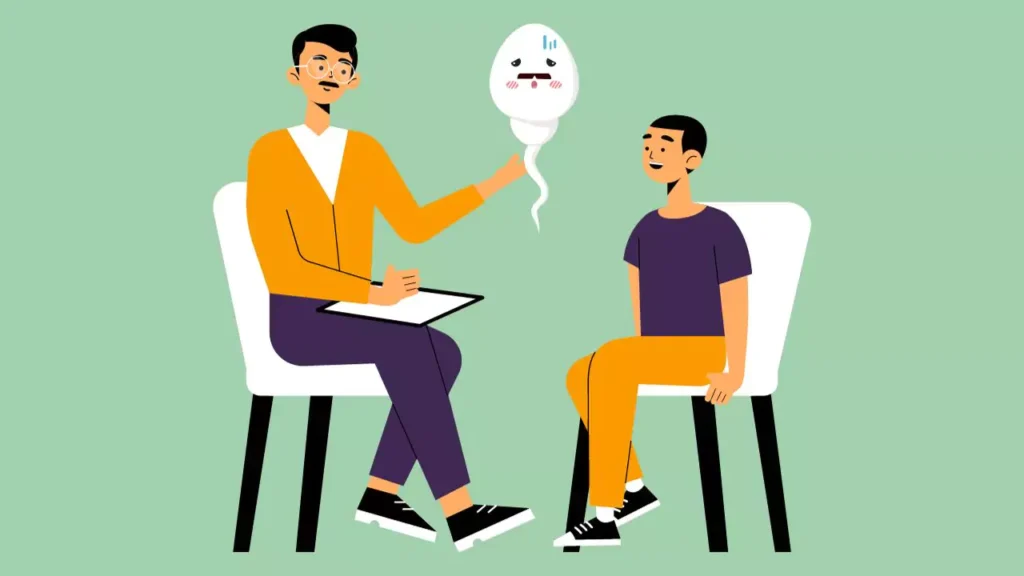
While most cases of sperm cramps may be treated with lifestyle changes and home remedies, if the cramps are chronic or severe, it is critical to seek medical attention. A healthcare professional can assess your symptoms, perform a comprehensive examination, and recommend the best treatment options for you.
Persistent or severe sperm cramping may indicate an underlying medical problem that necessitates medical attention in some situations. Testicular torsion, epididymitis, and prostate problems can cause considerable pain and discomfort and necessitate immediate medical attention.
If you have chronic or severe cramping, you should consult a healthcare professional who can make an accurate diagnosis and provide appropriate treatment choices. They may recommend more testing or refer you to a specialist for further assessment and treatment, such as a urologist or reproductive specialist.
Rest and Recovery for Sperm Cramp Relief
Rest and rehabilitation are crucial in reducing sperm cramping and promoting overall health. It is critical to give your body time to recuperate and repair after suffering cramping. Here are some rest and recovery suggestions:
- Take breaks from sexual activity: If you frequently get sperm cramps, it may be useful to take breaks from sexual activity to allow your body to rest and recuperate. This can help lessen the risk of overstimulation and cramps.
- Prioritize sleep: Getting enough sleep is vital for general health and well-being. Aim for 7-8 hours of excellent sleep per night to encourage adequate muscle repair and reduce the chance of cramping.
- Practice relaxation techniques: Deep breathing, meditation, and yoga are all relaxation techniques that can help reduce muscle tension and promote relaxation. Include these practices in your everyday routine to reduce stress and improve your general health.
- Apply self-care measures: Take care of your body by practicing proper hygiene, wearing supportive knickers, and avoiding activities that may increase cramping symptoms. Self-care practises can assist in reducing discomfort and encourage speedier healing.
Rest and recovery are crucial components of sperm cramp management. Individuals can assist their body’s natural healing processes and reduce the frequency and intensity of cramping symptoms by prioritizing these factors.
Maintaining Proper Sexual Health and Practices for Cramp Prevention
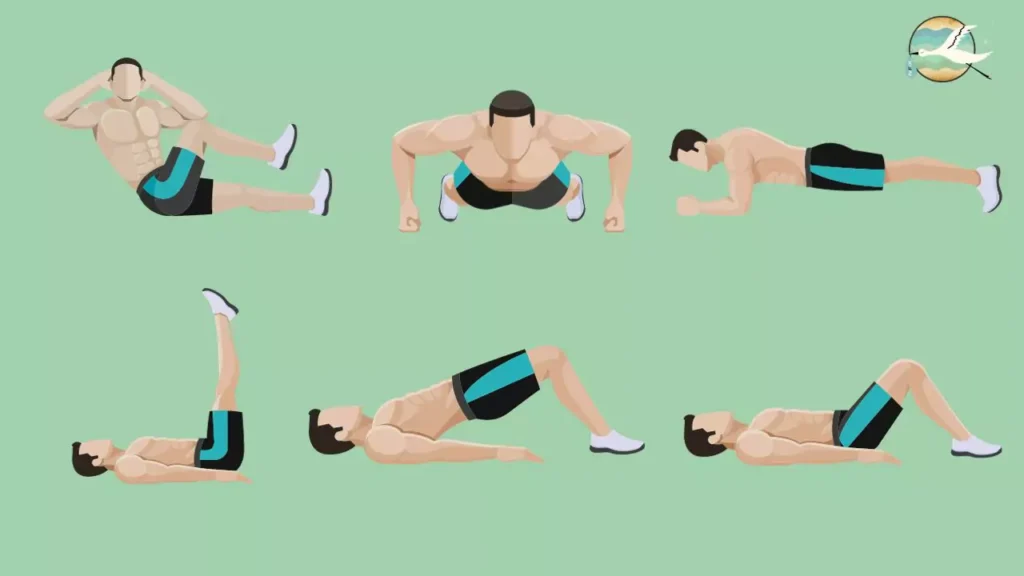
Maintaining optimal sexual health and practices is critical for preventing and controlling sperm cramping. Here are some crucial considerations:
- Practice safe sex: Using condoms during sexual activity can help prevent the spread of sexually transmitted infections (STIs) and lower the chance of getting infections that cause sperm cramps.
- Communicate with your partner: Open and honest conversations about sexual preferences and concerns with your partner can help establish a supportive and understanding environment. This can reduce the chance of cramping sensations by minimizing anxiety and tension.
- Practice good hygiene: Maintaining proper genital cleanliness is essential for preventing infections that may contribute to sperm cramping. Regularly bathing the vaginal area with mild soap and water can help lower the risk of bacterial or fungal infections.
- Avoid excessive sexual activity: Excessive sexual activity without adequate rest and recovery might raise the risk of muscle strain and cramps. To avoid overstimulation, it is critical to listen to your body and prioritize rest.
- Seek professional help when needed: If you have persistent or severe sperm cramping, you should seek medical attention. A healthcare professional can assess your symptoms, provide an accurate diagnosis, and propose the best treatment options for you.
Individuals can reduce their risk of experiencing sperm cramps and increase overall sexual well-being by practicing proper sexual health practices.
Conclusion
Sperm cramps, commonly known as post-orgasmic pain syndrome (POPS), can be an unpleasant and occasionally painful experience for some men. While the exact reasons for sperm cramps are unknown, some numerous tactics and therapies can help ease the pain and suffering. Individuals can effectively manage and reduce the occurrence of sperm cramps by understanding the underlying causes, practicing proper hydration and fluid intake, engaging in stretching and exercise techniques, applying heat or cold therapy, making dietary adjustments, seeking medical advice when needed, and prioritizing rest and recovery.
It is very important to note that each person will react differently to these tactics, and it may take some trial and error to find the most effective way. Individuals can improve their well-being and reduce the burden of sperm cramping on their daily lives by collaborating with healthcare specialists and prioritizing overall sexual health.


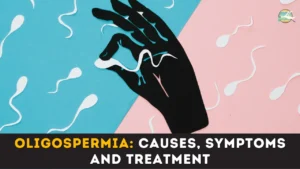
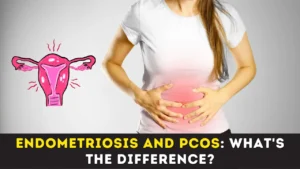

It’s an amazing experience to know what is the solution and the article is more informational..
[…] How to Get Rid of Sperm Cramps?: Understanding and Relief […]